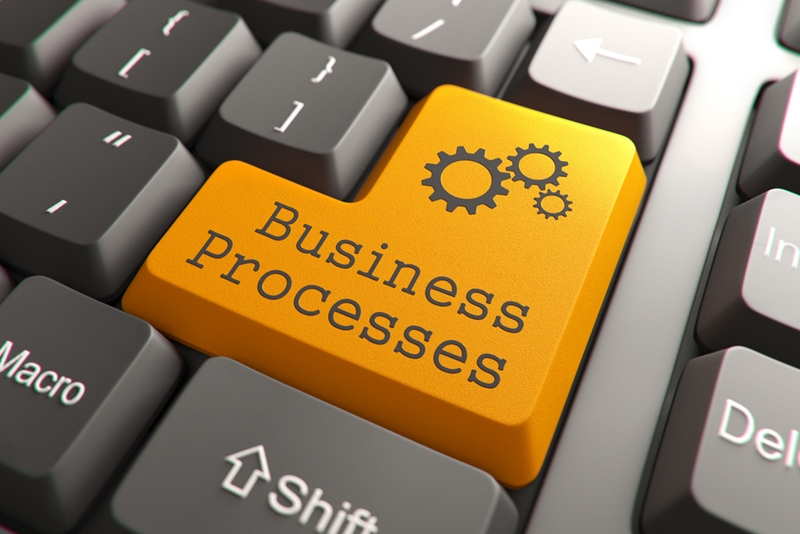
Why removing bottlenecks is key for business success
Continuing to improve the efficiency of your small business is something managers and owners alike should always strive to do. But what's the best way to do this with limited time and budget?
The answer is simple – identify and eliminate bottlenecks.
The theory of constraints
Constantly tackling bottlenecks is known in management circles as the theory of constraints. The basic premise is that somewhere in a production process or sequence of events leading to the accomplishment of a goal, there will always be a factor limiting the performance of the others. By finding those weak links, you can address them and make the overall process better. Once done, you re-evaluate the whole thing and look for the new bottleneck.

In this way, the process becomes endless but the principle is always the same – focus on those areas that are most limiting first. This doesn't only apply to physical manufacturing production lines (though that is the most tangible metaphor). Whenever there are multiple inputs to a process for achieving some output, there will be bottlenecks for you to find and repair.
How to fix bottlenecks
Whatever method you adopt for tackling bottlenecks, it must cover these three steps in some way:
1. Identify: What is the bottleneck? A specific process? A person? A software program or tool?
2. Analyse: What makes the bottleneck a bottleneck? Is it an inevitable consequence of the design? Or can something about it be tweaked?
3. Adapt: Overhaul, replace or refine – do whatever it takes so the bottleneck is no longer a limiting factor.
The theory of constraints argues there will always be a new bottleneck in the process, so the three steps can be taken again. Whether you need to do this straight away or periodically is up to you. Depending on your business, constant refinement may be possible. For others, a once per quarter analysis might be a better way to go. It all depends on how disruptive and costly the steps are to your productivity.
For more tips and advice for your small business, take a look at some of our other blog posts. If you like what you see, why not sign up to our monthly newsletter?

 Do you have a solid plan for maintaining steady cash flow?
Do you have a solid plan for maintaining steady cash flow? 3 ways to combat mental health issues when running a business
3 ways to combat mental health issues when running a business Effective risk management proven to encourage growth
Effective risk management proven to encourage growth